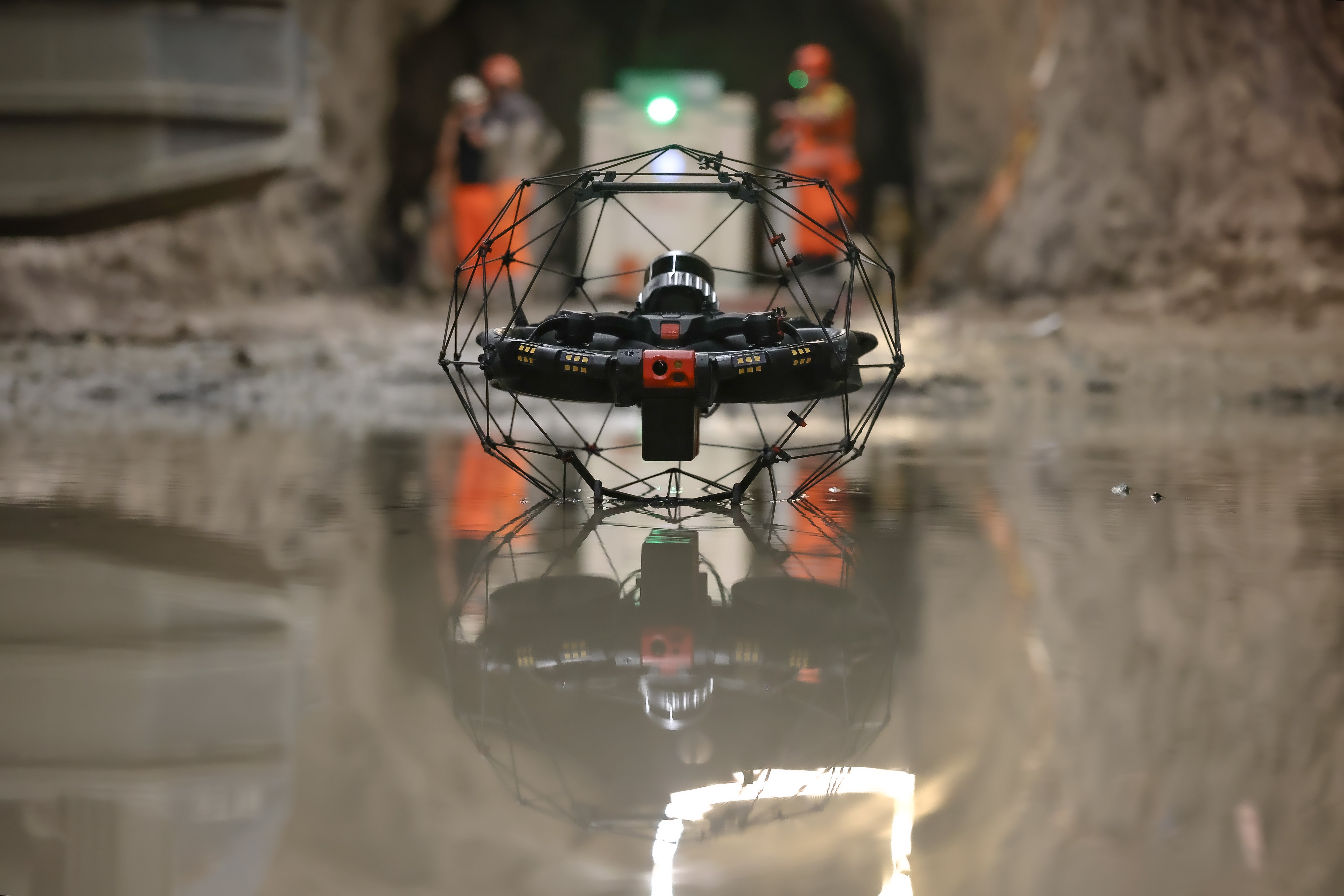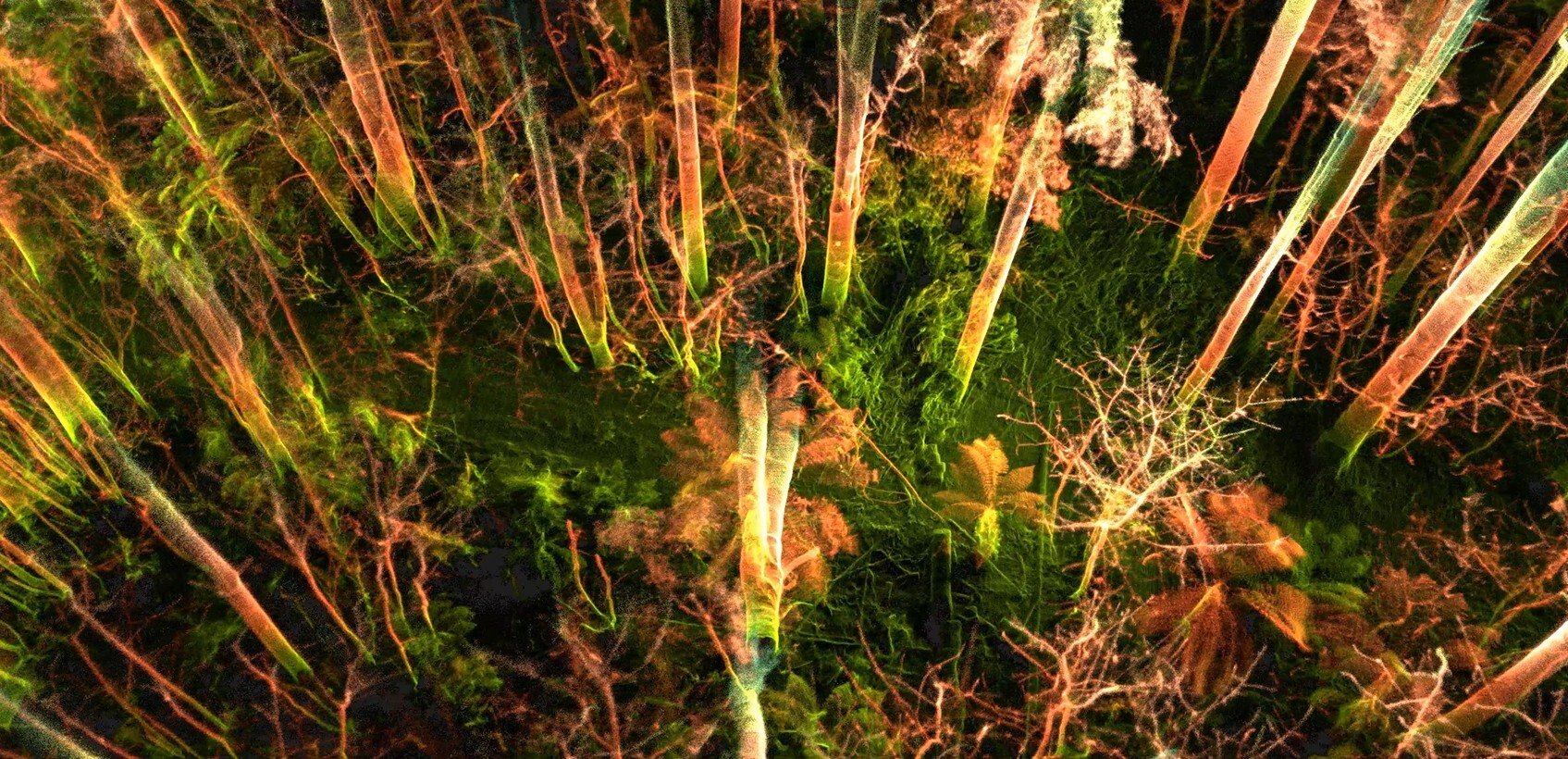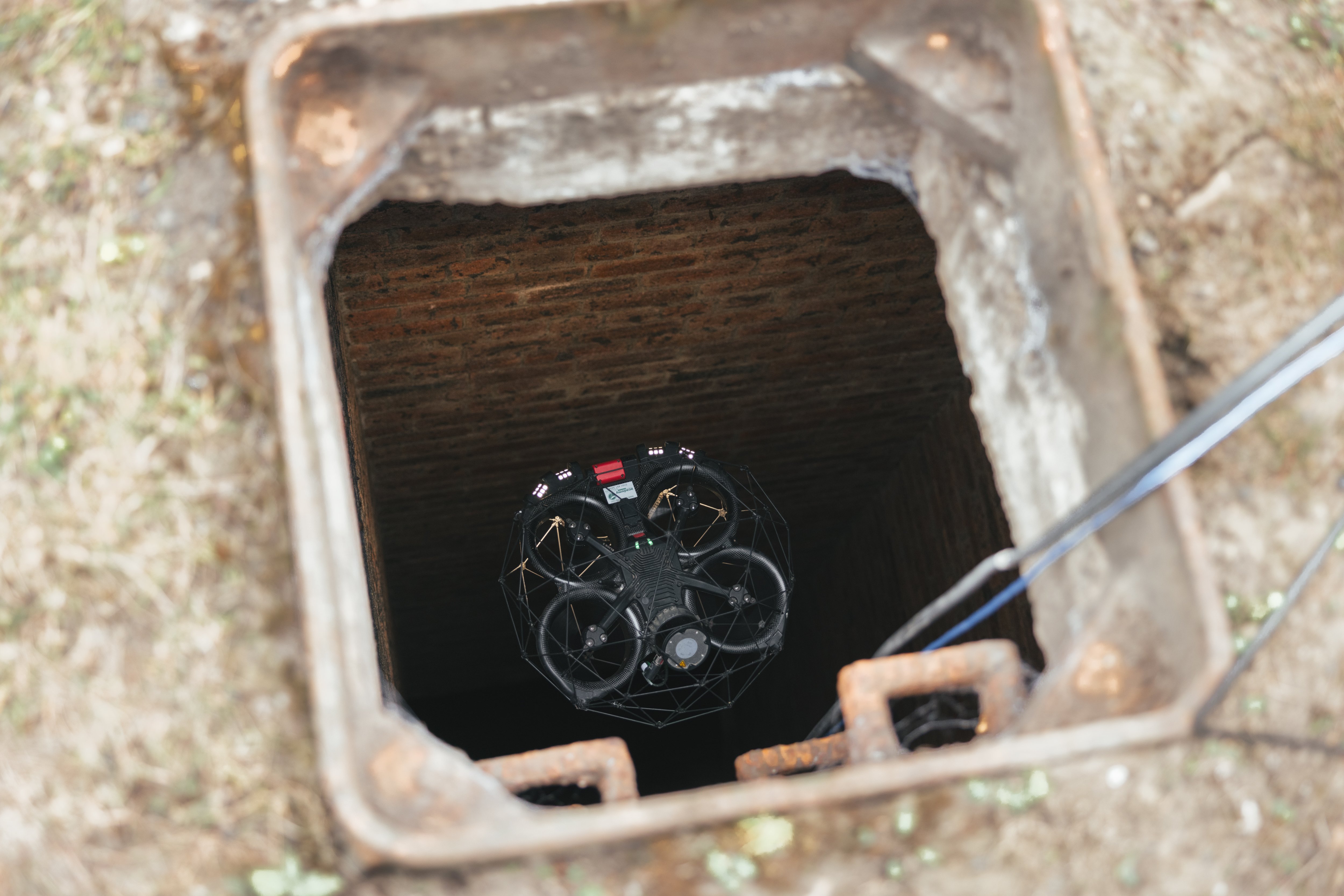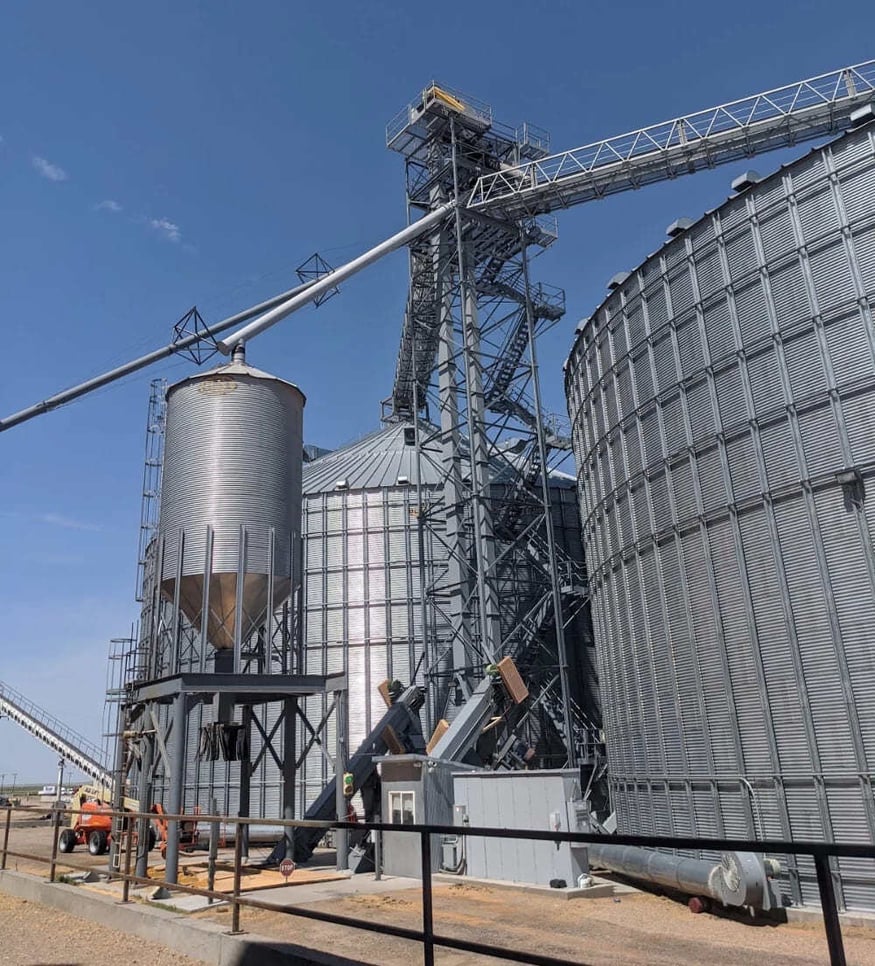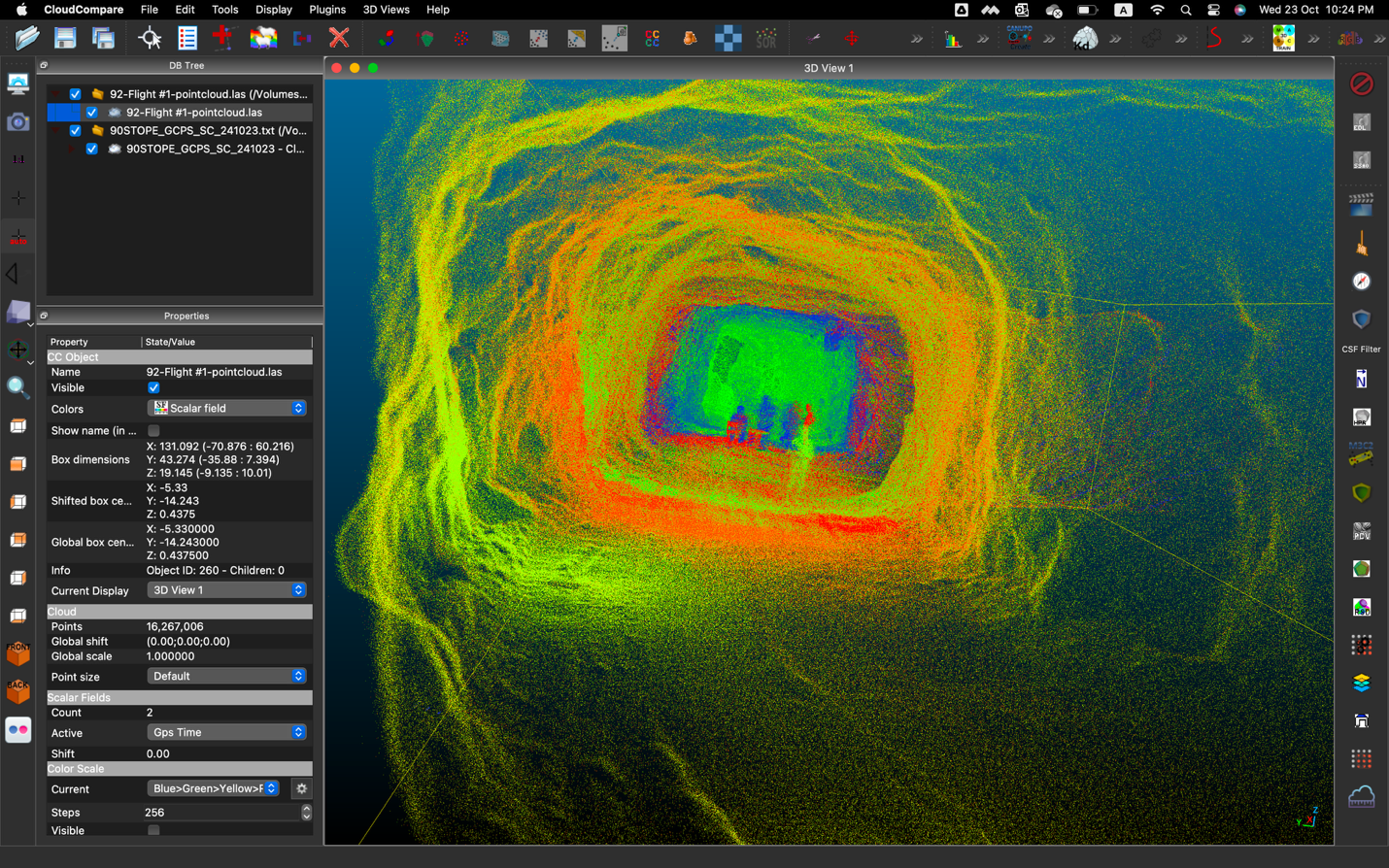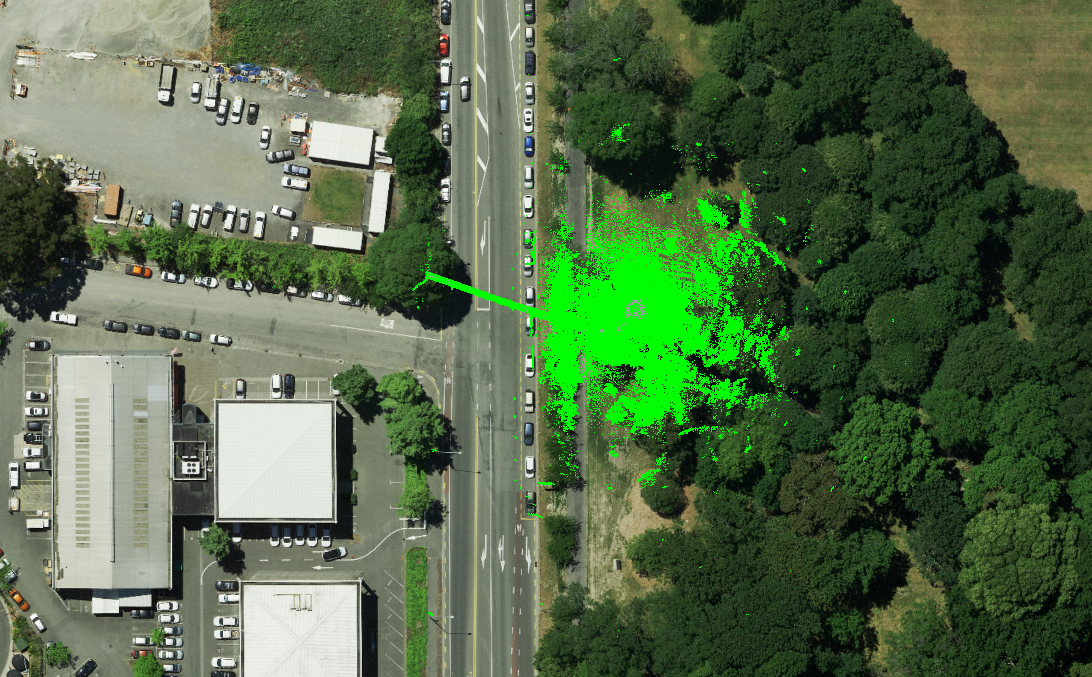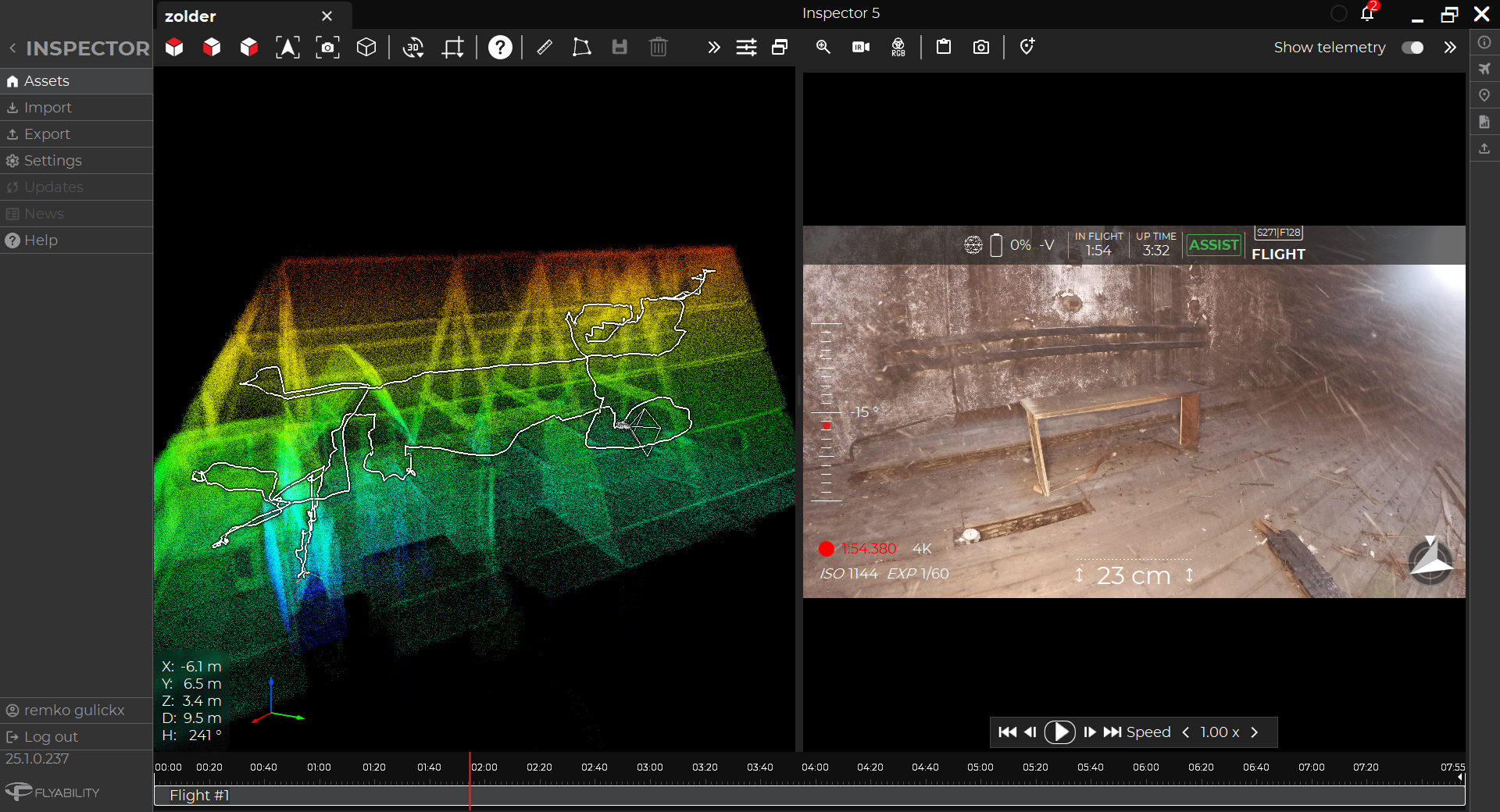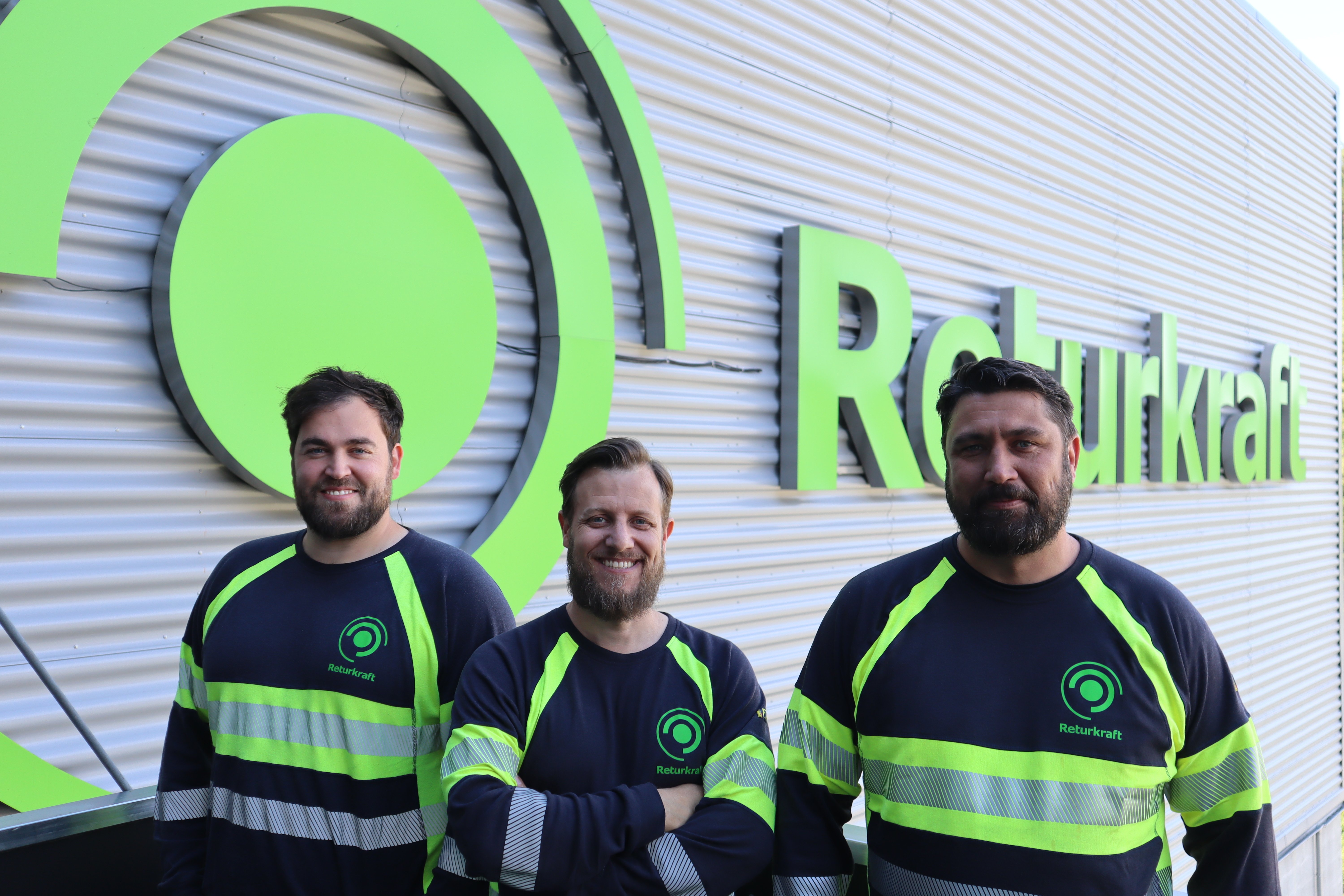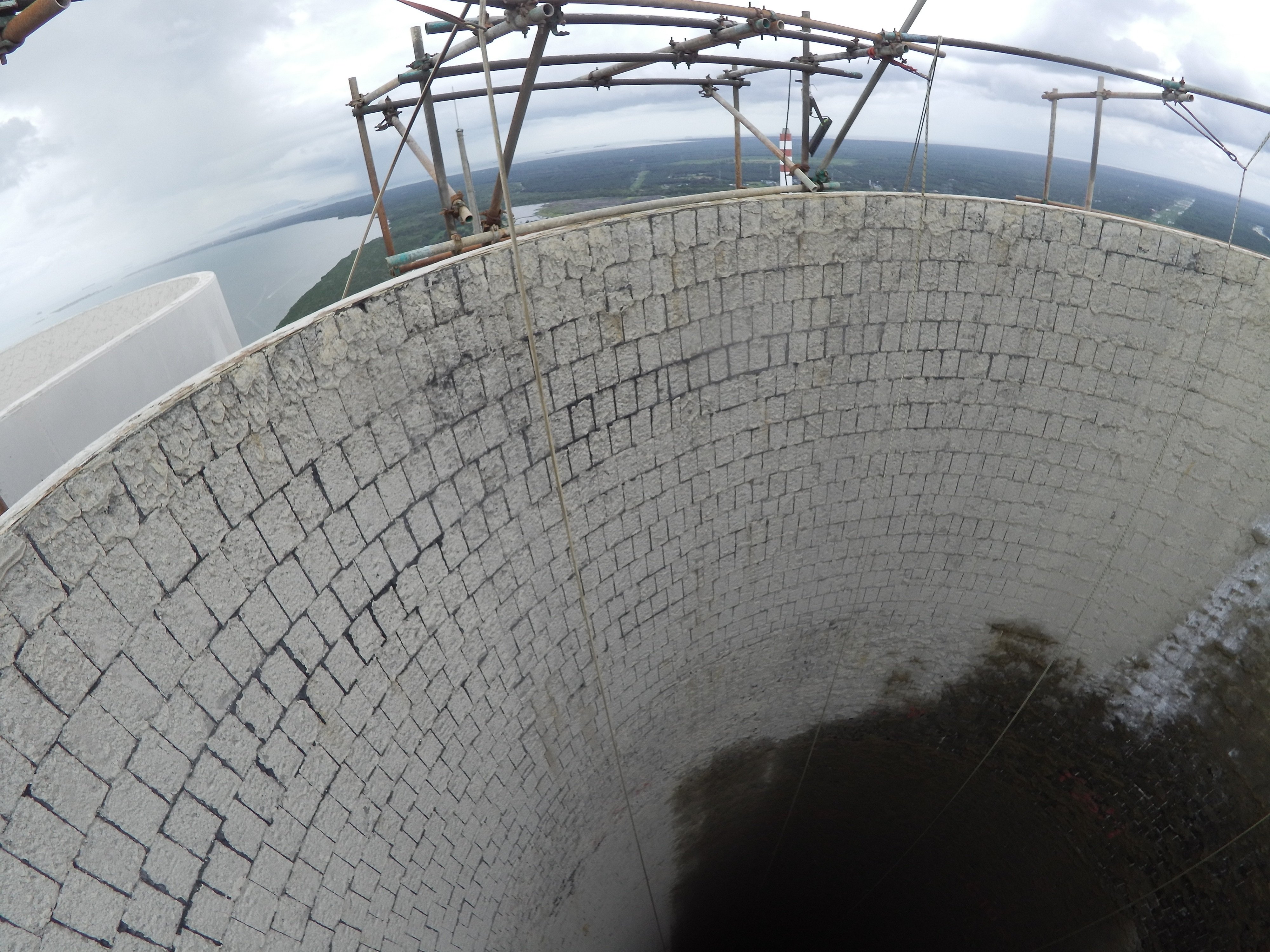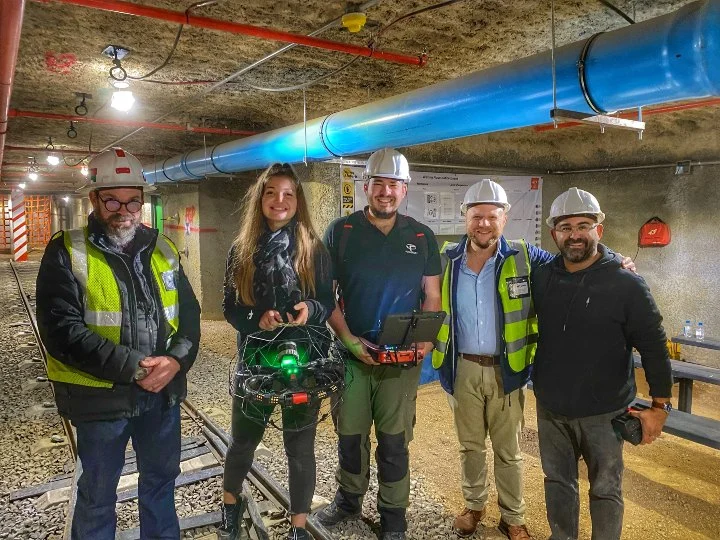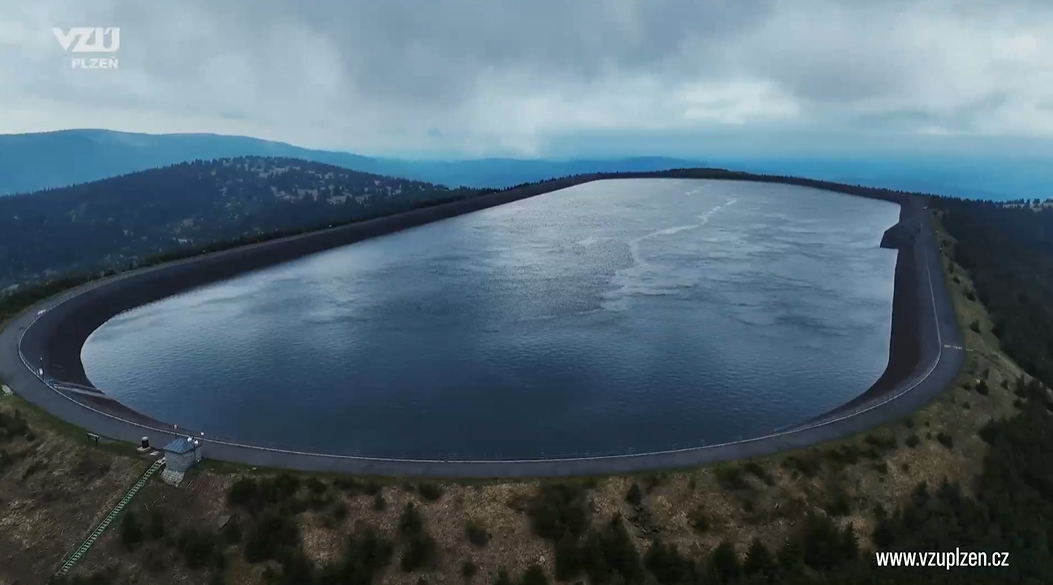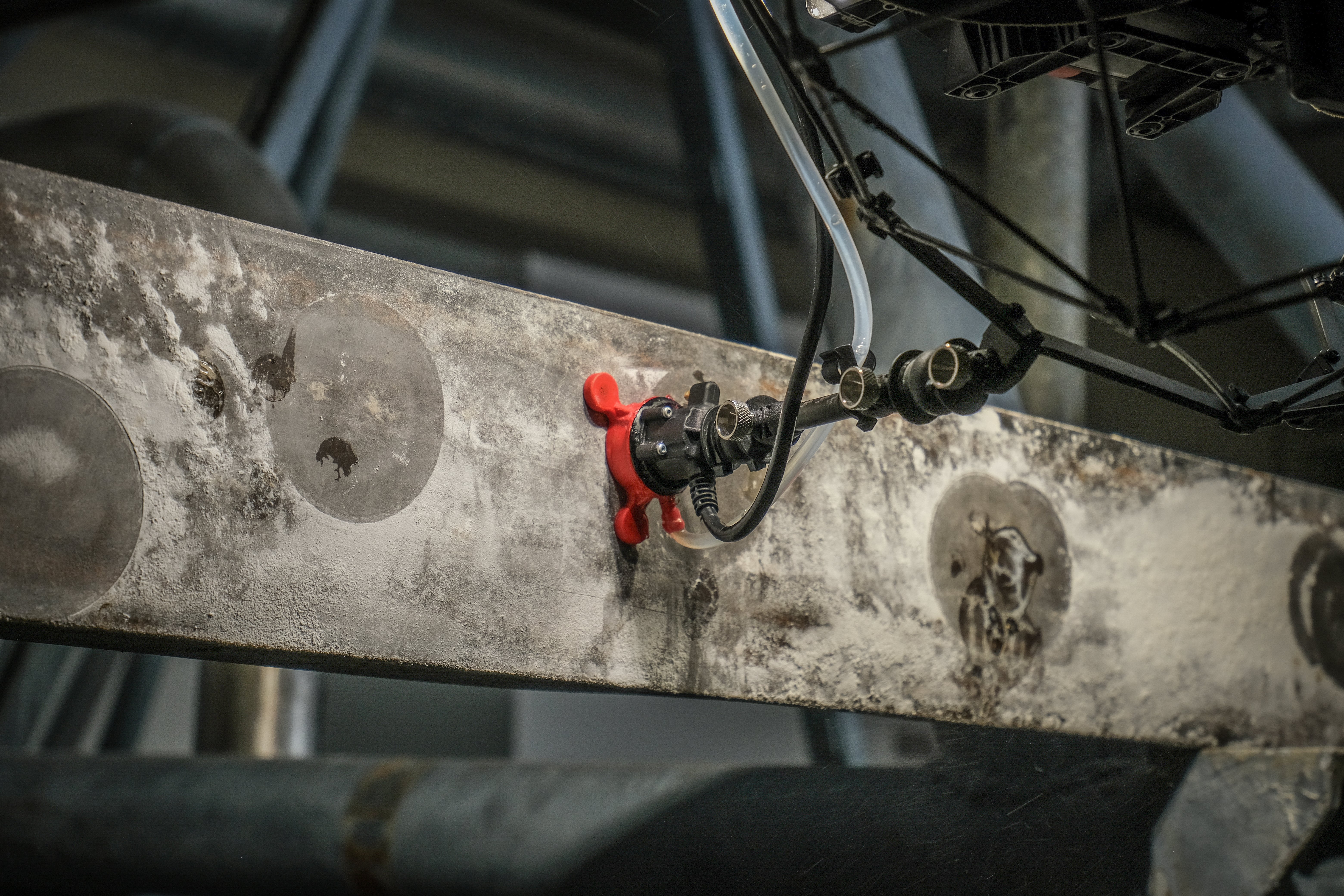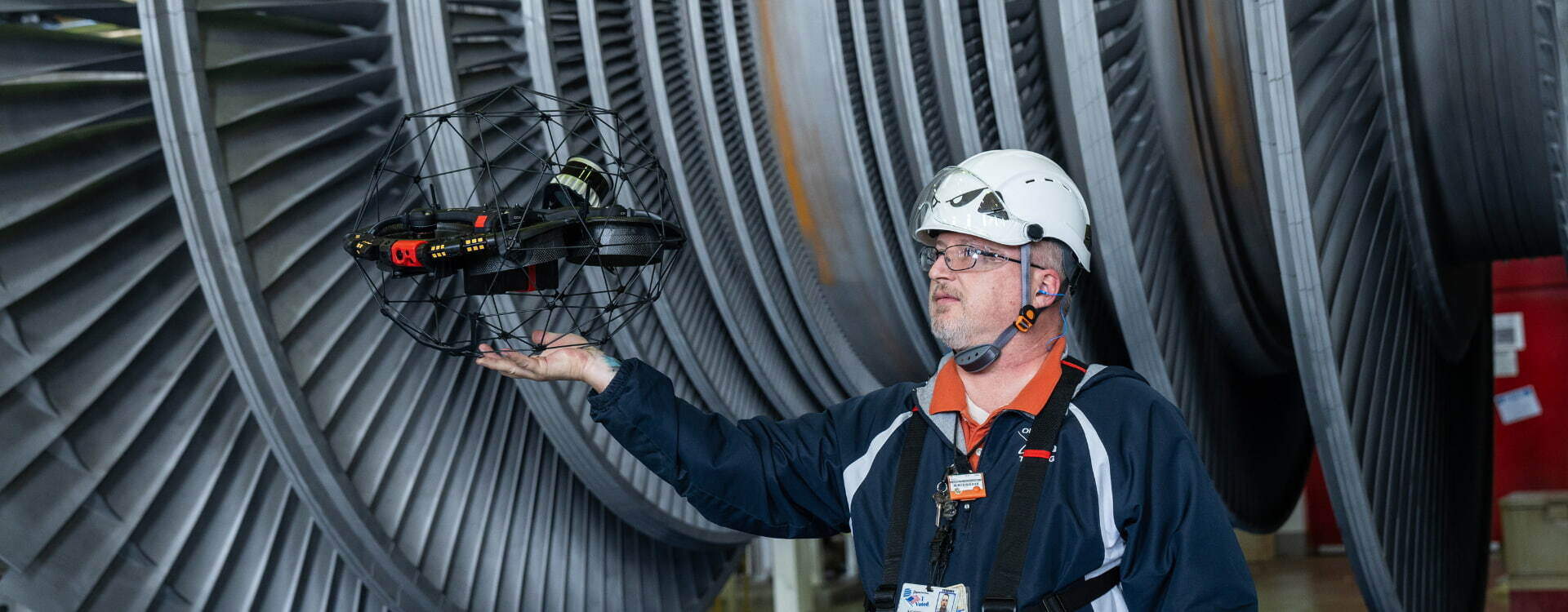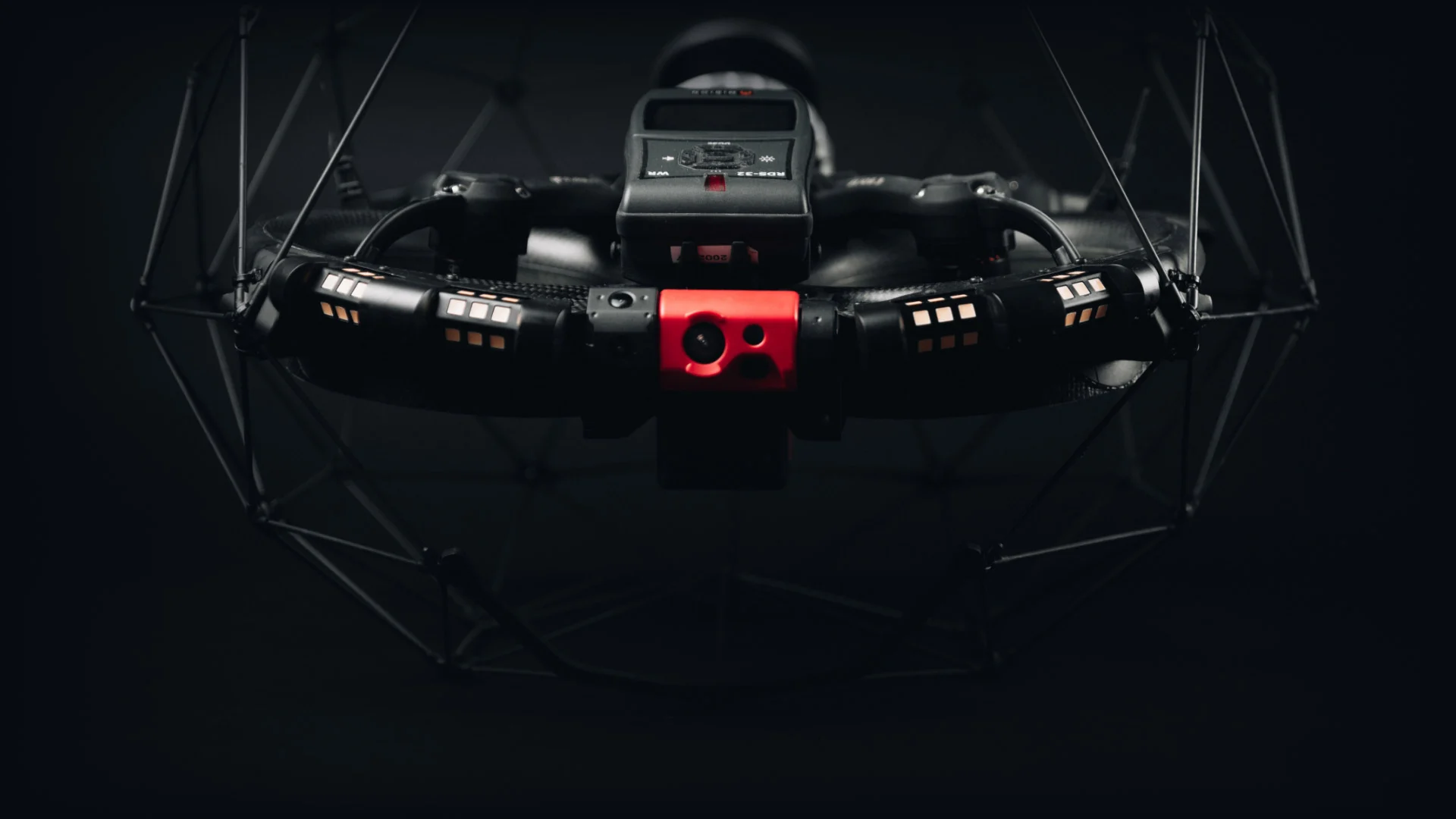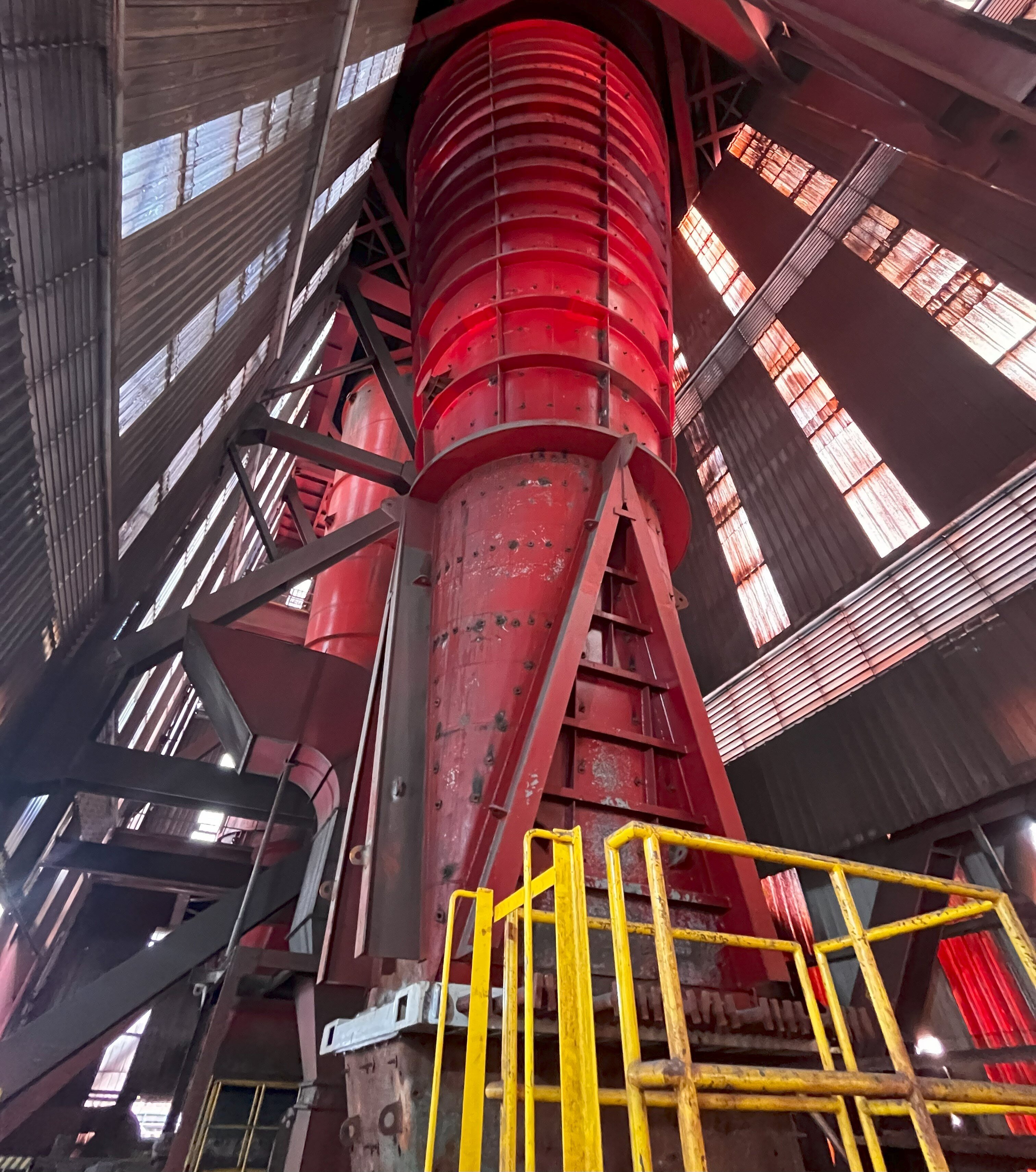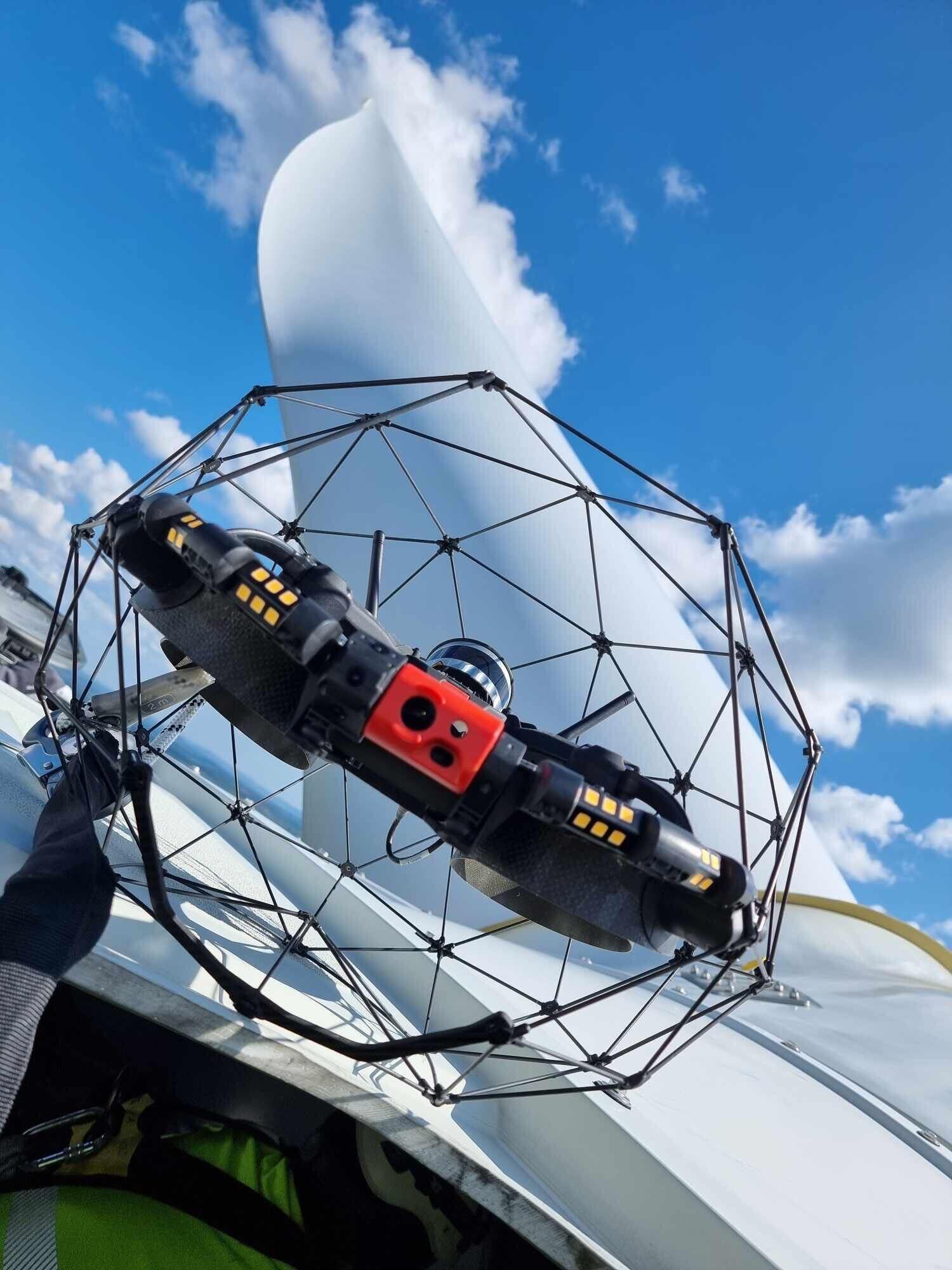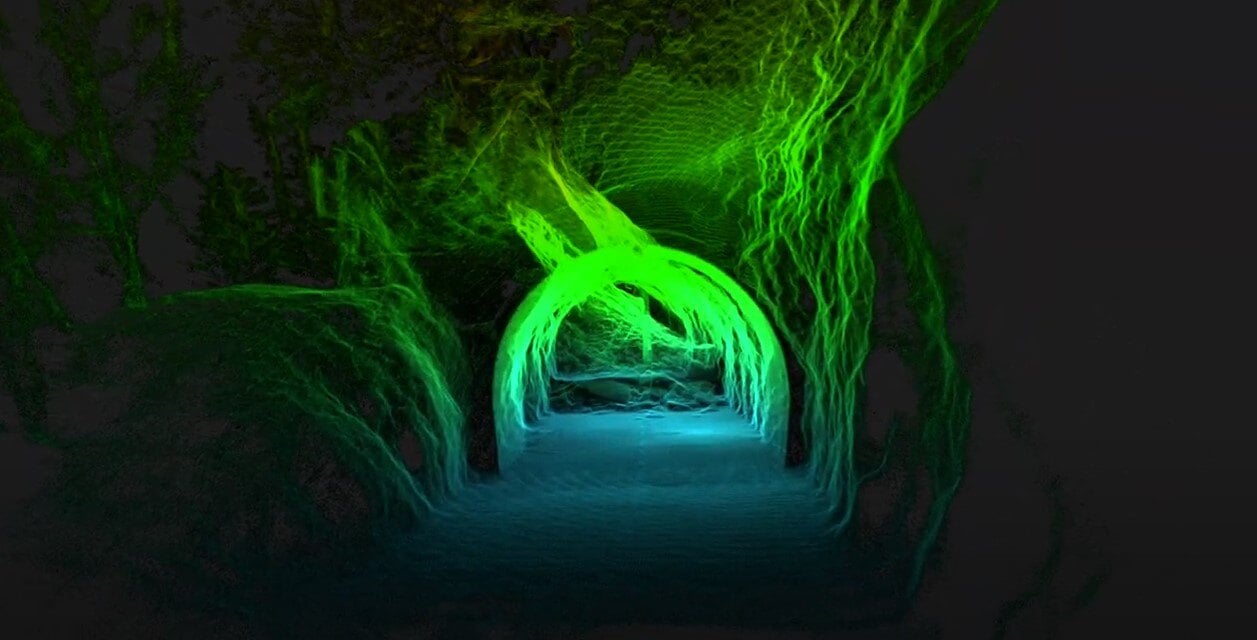- Case Studies >
- Safety First: Flying the Elios 3 Drone Inside a Burnt...
Safety First: Flying the Elios 3 Drone Inside a Burnt Building
The Elios 3 is designed to reach dangerous environments so people don’t have to. Check out how it was used to inspect a burnt building to assess the safest way to begin reconstruction.
Benefits In A Nutshell
|
Safety The unknown condition of this attic made it dangerous for human entry. The Elios 3 was a remote, simple solution that could deliver the required data with 0 risk to staff. |
Access The attic being potentially unstable or filled with debris was no issue for the drone, which gathered 4K visual and LiDAR data. It could easily be flown in and out of the attic without additional interference, allowing for an easy inspection with limited risk exposure. |
|
Speed The Elios 3's inspection took just 1 day to complete. This is drastically faster than a traditional inspection, which would require weeks of assessments, planning, and stabilization efforts before the inspection could take place. |
Data Quality Using the Elios 3 for a drone inspection of this attic was 3 times cheaper than the traditional inspection method, which would involve complex safety assessments and prolonged planning sessions. |
At its core, the Elios 3 drone is designed to give access to unsafe environments so people aren’t exposed to danger. While we see many applications of this in industrial inspections, the use of the Elios 3 for emergency response and disaster recovery scenarios is growing. The Digital Exploration Team in the Netherlands is an example of a fire department integrating the Elios 3 with their work - the use of the Elios 3 to investigate the aftermath of a gas explosion in Johannesburg is another instance.
Due to the high-quality data the Elios 3 collects, the drone can be used to assess the condition of a space or asset after an accident. This includes old buildings or infrastructure that cannot be safely accessed by people, or when there are too many unknowns to allow human entry. Tetra Tech, working in the Netherlands, used the Elios 3 for just this purpose.
Deploying Drones for Building Damage Assessments
 Tetra Tech is a consulting and engineering company with offices in multiple countries. The team working at their Netherlands office delivers project management, evaluation, and research services across Europe. They specialize in drone mapping and inspecting, and have used the Elios 3 for 2 years.
Tetra Tech is a consulting and engineering company with offices in multiple countries. The team working at their Netherlands office delivers project management, evaluation, and research services across Europe. They specialize in drone mapping and inspecting, and have used the Elios 3 for 2 years.
Recently, this Tetra Tech unit was asked to help assess a dilapidated building in the Netherlands that was a 1930s landmark structure that had fallen into disrepair, including occupation by squatters and a fire in the attic space. The municipal authorities wanted to find out the condition of the building so they could plan its restoration, but there was no safe way to access it. Tetra Tech knew that this was the perfect assignment for the Elios 3.
Image Left: The Elios 3 being flown inside the damaged building under the careful guidance of a pilot from Tetra Tech.
Discover more applications of the Elios 3 drone for infrastructure inspections.
Spotlight: Why use the Elios 3 for Damage Assessment?
What makes the Elios 3 appropriate for damage inspections? It comes down to the drone's unique design. The Elios 3 is designed to fly in remote, confined spaces that challenge traditional inspection methods. It has tailored tools and features that make it possible to collect data in these environments. These include:
- Rugged Design: The Elios 3 has a collision-tolerant cage and custom firmware which protect it in the case of impact. If the drone crashes into a wall, it can recognize the impact and recover from it, reducing the chances of the flight stopping and the drone having to be recovered.
- Powerful Payloads: The Elios 3 carries a 4K camera and centimeter-accurate LiDAR scanner that empowers it to collect detailed information about its surroundings. In some cases, this data is even used for Scan to BIM work. With the data collected by the Elios 3, it is possible to get an accurate digital twin of a space or building, ready for analysis that can assess the condition of the space and plan maintenance work.
- Smart Return-to-Home: This drone is notoriously easy to pilot and fly, but Flyability has gone one step further in simplifying work for pilots. The Elios 3's Smart Return-to-Home capability tells pilots exactly how much time is left on their flight before they need to return. When activated, Smart RTH then plans and executes the fastest route back. This feature means that pilots can focus on data collection while the drone takes care of the return flight.
These are just a few of the reasons the Elios 3 is ideal for complex infrastructure inspections, including damage assessments in buildings or dilapidated structures.

The Elios 3 is deployed in challenging environments across industries, from mines to storage tanks. Building inspections are a natural application of this technology.
A Building Damage Assessment with the Elios 3 Drone
The building being assessed had several factors making it difficult to inspect. It is a monumental building, which means that it has certain cultural protections to ensure the preservation of the architectural style. The building had been left empty and uninhabited for a prolonged period, which led to it being occupied by squatters. At some point during this phase of use, a fire broke out in the building’s attic. The building was evacuated and all entry was prohibited to ensure people’s safety.
The municipal authorities can access some parts of the structure, however, the attic remained a complete unknown. No building plans could offer an insight into its current condition, which may have been changed during the squatters’ residency or worsened by the fire. Entering it was impossible due to safety risks, but this also made it difficult to plan the overall building’s future with a potential danger literally hanging over it. Tetra Tech was asked to investigate the attic in the hope they could provide a remote solution. The authorities needed a detailed visual inspection, but no standard drone could fly into such an unknown space where the crash risk is high. The Elios 3, however, is no standard drone.
Process: Flying Inside an Attic with a Drone
Once on-site, the Tetra Tech pilots got to work quickly. They began by setting the Elios 3 on the floor at the bottom of the stairs to the asset. After take-off, they carefully flew the Elios 3 up the burned staircase and into the attic space.

The attic as seen in Flyability's Inspector software: the LiDAR point cloud on the left with the 4K video on the right
Once in the attic, they did a visual inspection of the entire space. The Elios 3’s 4K video and 12MP camera provided a high level of detail. The pilot could fly the drone close to areas of concern and take photos and mark it as a point of interest. The drone’s oblique lighting helped mitigate the visibility disturbance caused by dust, and the drone’s livemap helped the pilots navigate when dust clouds were driven up and around the drone by the prop wash. The points of interest could be localized in the drone’s 3D model, meaning that after the inspection, the client could easily see where each point was in relation to the overall attic space. After the inspection was completed, the pilot carefully guided the Elios 3 back down the stairs.
The use of the drone also avoided unnecessary exposure to dust or potential asbestos in the attic. The complete unknown of what could be there meant that safety standards had to be very high to ensure no unintended risk exposure. The Elios 3 was the only viable way to get information about the attic condition ahead of any restoration work. Thanks to the speed of the drone’s operation and the quality of results, Tetra Tech turned around their results on the same day as the inspection, providing an unparalleled level of efficiency and safety.
Results of a Drone Inspection for Damage Assessment
This mission was a resounding success and cost 3 times less than a standard inspection of this nature. The Elios 3 made an impossible inspection possible, giving critical data to the local government. They were able to use the 3D model to assess the visual inspection and plan the safest possible way to access the attic. The visual data was the mission priority but the accompanying point cloud provided situational information they could use as a reference in planning their response as well as identifying defects in the overall structure.
Tetra Tech’s project with the Elios 3 demonstrates its core value: a drone that can reach inaccessible places and keep people safe. This challenging inspection was completed thanks to the skill of the pilot and the extensive capabilities of the Elios 3 and paves the way for future inspections by Tetra Tech where the drone can be a game-changing solution to complex problems.
Interested in learning more about the Elios 3 for complex inspections? Discover the ultimate infrastructure inspection drone.


